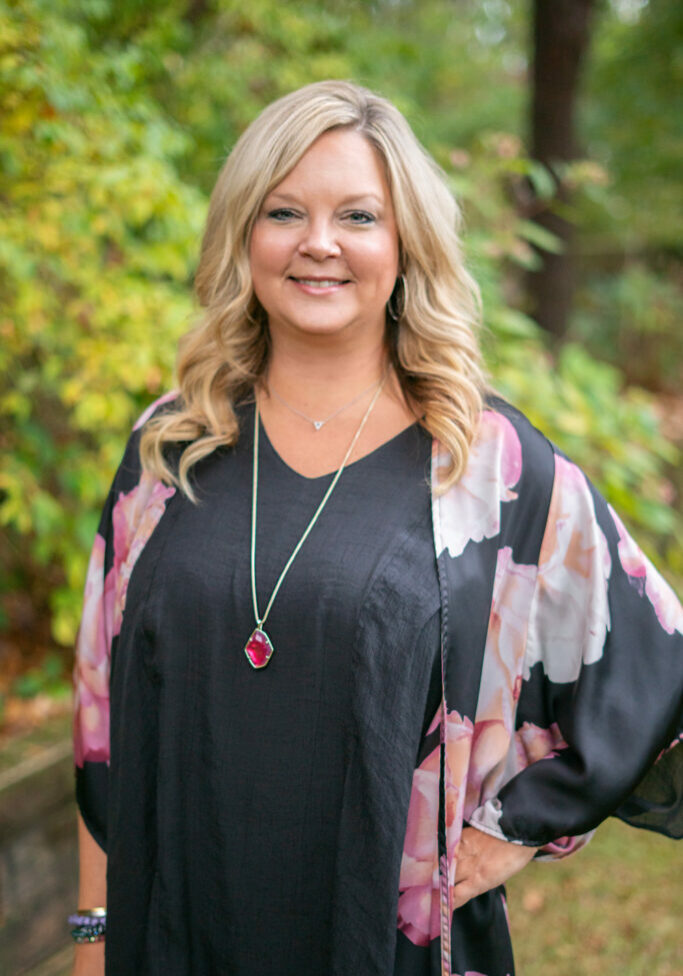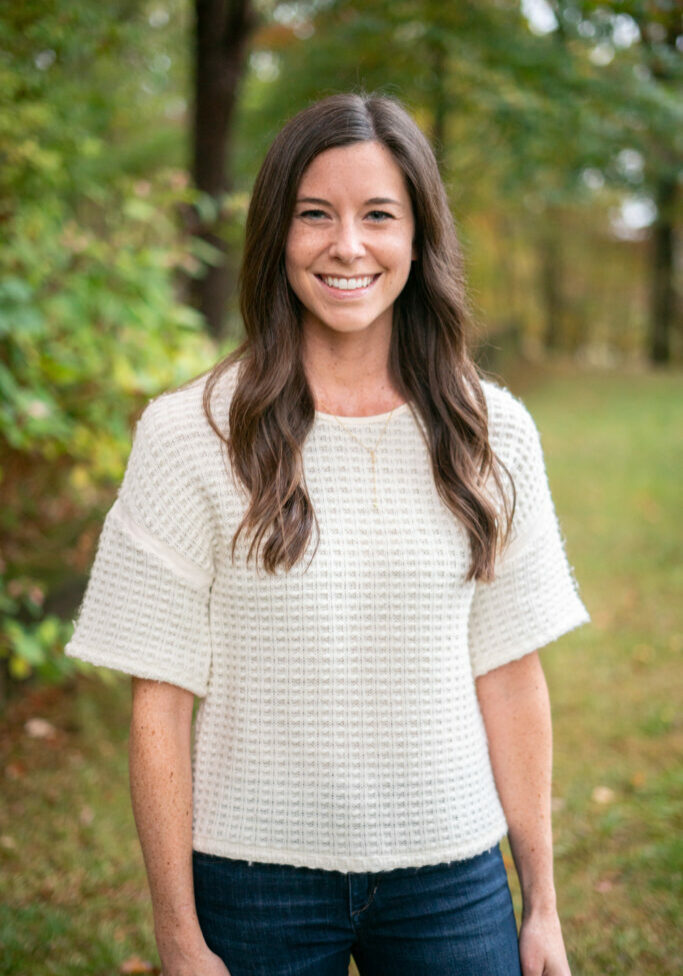Eye Makeup Safety
“Beauty is pain” is a bad idea in general, but especially when it comes to eyes and makeup.
In the modern day, we no longer use makeup made of lead, arsenic, or mercury like people did in previous eras, but it’s still not exactly pleasant or healthy to get makeup in your eye. Even makeup made of safe ingredients can increase a person’s risk of eye infections and injuries. Follow these tips to protect your eyes while looking your best.
Maintain a Boundary Between Makeup and Your Eye
The easiest way to protect your eyes from the irritation of makeup is to skip eye makeup altogether, but we doubt many of our patients will appreciate that advice. A more practical recommendation is to avoid the types of cosmetics that get too close to the eye, including lash extensions, false eyelashes, and eyeliner that goes on the waterline right up against the eyeball.
Colored or costume contact lenses are also risky, but you can minimize that risk by getting them from a trustworthy source and following all of the safety instructions that come with them. Another type of makeup to be careful with is mascara. Never use someone else’s mascara or share yours! A single use by someone else is enough to contaminate the applicator with their germs. (And be careful in general that you don’t poke yourself in the eye with it and scratch your cornea.)
Did You Know That Makeup Can Expire?
Check the use-by dates. Makeup can expire, so check that you’re using makeup that is still good. Old makeup is more likely to cause irritation or an infection. It could already be the culprit if you’ve had a previous infection, especially if you were sick before that. Eyes can become reinfected by new exposure to those germs! Protect your eyes by avoiding old makeup and using clean brushes. And, again, NEVER share your eye makeup. We cannot stress that enough.
Costume Lens Safety
A red flag to watch for when buying costume or color lenses is if the vendor doesn’t ask you for a prescription. These are medical devices (even if you’re only using them for how they look, not to correct your eyesight), and they require a prescription to ensure the correct fit to your eye. If a vendor isn’t asking for prescriptions, they aren’t trustworthy to follow good safety protocols with their products.













